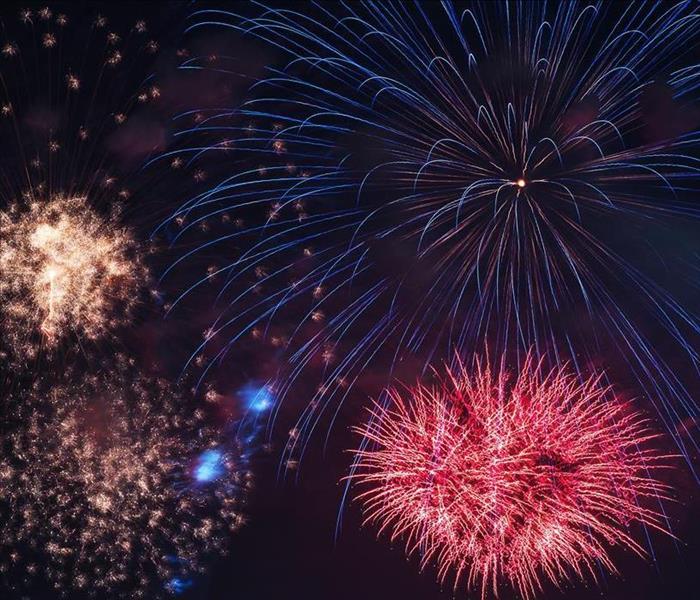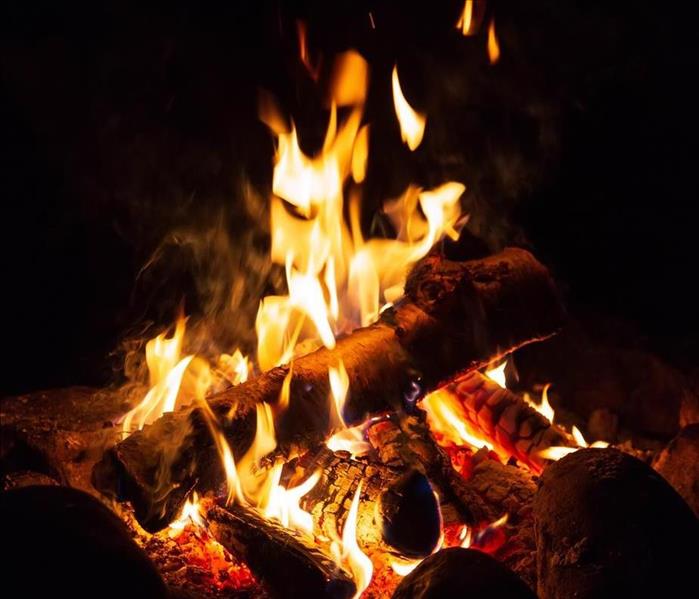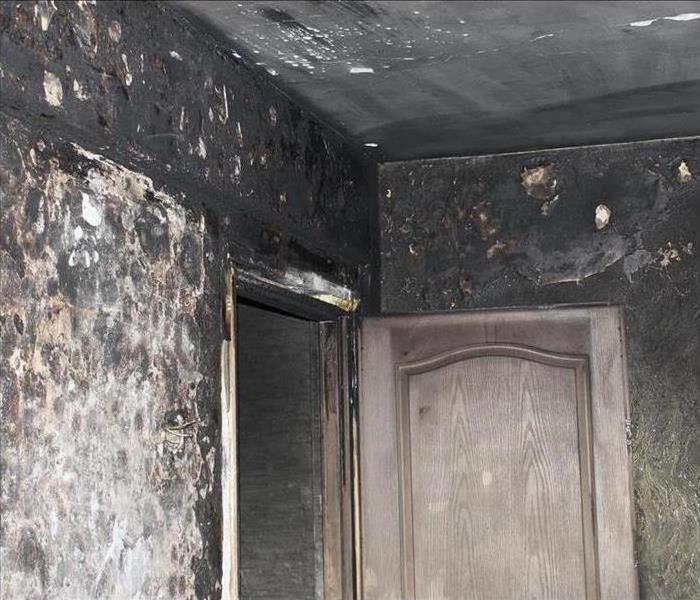Celebrate the 4th of July with Safety in Mind
6/7/2024 (Permalink)
 Celebrating the 4th of July can be a blast – literally.
Celebrating the 4th of July can be a blast – literally.
Celebrating the 4th of July can be a blast – literally. When getting ready to celebrate the long weekend, it’s important to take note of the proper safety precautions to avoid series injury or potential fire hazards when grilling or setting off fireworks to celebrate Independence Day.
Tips for Grilling Safely
- Keep your grill at least 10 ft. away from the walls of your home, garage, etc.
- Never leave a lit grill unattended.
- Never add starter fluid to ignited coals.
- Use long-handed grilling equipment to avoid getting burned.
Safely Setting Off Fireworks
- Stay at lease 500 ft. away from a public, live firework show.
- Keep a fire extinguisher or a supply of water nearby in case any fireworks do cause a fire.
- Never hold any part of your body directly over a firework as you light them to avoid burning your hands, face, chest, etc.
- Keep fireworks out of the reach of children. Always keep children within your sight if they are playing with sparklers.
- If a firework does not go off, do not attempt to light it again.
If an unavoidable fire disaster does occur to your property, know that SERVPRO® is available 24/7/365 to help you with every step of the fire restoration process.
Bonfire Season Is Coming
6/7/2024 (Permalink)
 Follow these tips to have fun and safe summer nights!
Follow these tips to have fun and safe summer nights!
Surrounding a campfire with loved ones creates special memories that you can cherish forever. Putting forth safety measures when having a bonfire can lessen the chances of having fire related injuries and property damage. Follow these tips to have fun and safe summer nights!
Starting the Fire
- Make sure your fire pit is enclosed and there is enough room for a seating area.
- Make sure that your bonfire is 10 feet away from your home or any structures.
- Do not use gasoline or lighter fluid to start or light the bonfire.
Bonfire Safety
- Keep a bucket of water or hose handy in case of emergencies.
- Do not leave the bonfire unattended.
- Keep children and pets away from the bonfire.
- Do not throw fireworks into the bonfire.
- Do not burn aerosols or anything that may produce toxic fumes or explode.
Putting Out the Fire
- Slowly pour water over the ashes and check to be sure that the fire is completely out.
- Use a shovel to spread out the ashes to let them cool down.
Smoke and Soot Damage Can Cause a Pervasive Odor
6/5/2024 (Permalink)
 Smoke and soot are very invasive.
Smoke and soot are very invasive.
Smoke and soot are very invasive and can penetrate various cavities within your home, causing hidden damage and odor. Our smoke damage expertise and experience allow us to inspect and accurately assess the extent of the damage to develop a comprehensive plan of action.
Smoke and Soot Facts
- Hot smoke migrates to cooler areas and upper levels of a structure.
- Smoke flows around plumbing systems, seeping through the holes used by pipes to go from floor to floor.
- The type of smoke may greatly affect the restoration process.
Different Types of Smoke
There are two different types of smoke–wet and dry. As a result, there are different types of soot residue after a fire. Before restoration begins, SERVPRO® will test the soot to determine which type of smoke damage occurred. The cleaning procedures will then be based on the information identified during pretesting. Here is some additional information:
- Wet Smoke – Plastic and Rubber
- Low heat, smoldering, pungent odor, sticky, smeary. Smoke webs are more difficult to clean.
- Dry Smoke – Paper and Wood
- Fast burning, high temperatures, heat rises therefore smoke rises.
- Protein Fire Residue – Produced by evaporation of material rather than from a fire
- Virtually invisible, discolors paints and varnishes, extreme pungent odor.

 24/7 Emergency Service
24/7 Emergency Service


